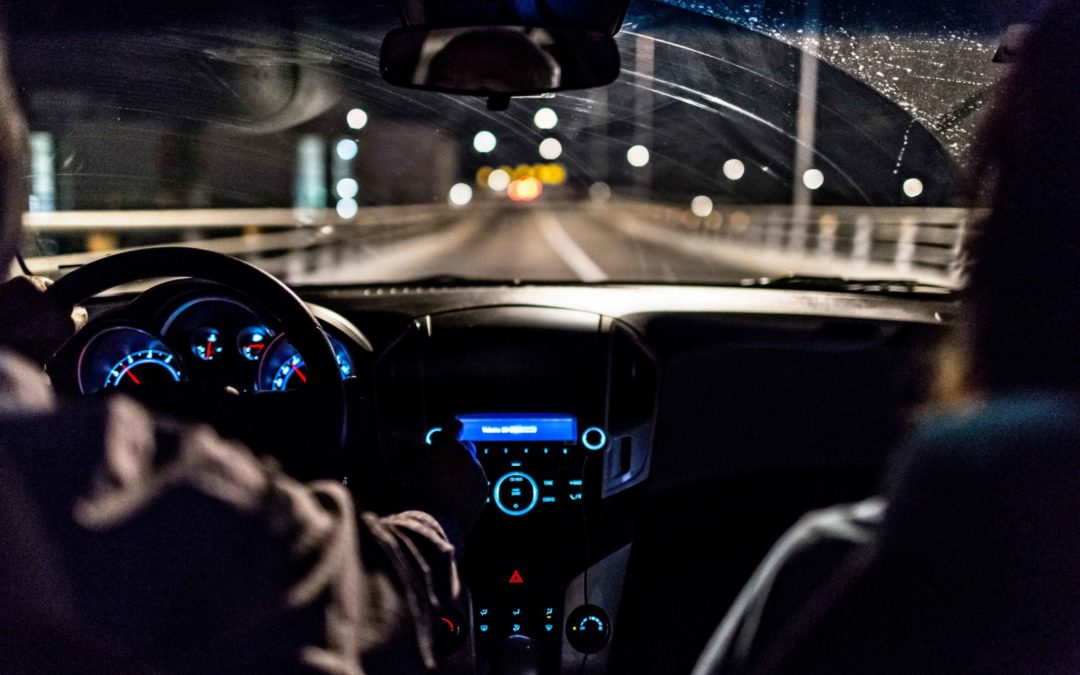Driving at night is trickier than driving in daylight hours, which is why there are significantly more traffic accidents at night (especially on weekends). But there are some easy precautions you can take to make night driving safer. Follow these safety tips, and there’s no need to be afraid of the dark.
Before you drive:
- Keep your windshield and mirrors clean. Darkness already reduces your visibility, so don’t make it worse with a layer of dirt. Clean both inside and out – dust and dirt can build up on the inside of your windshield, too. Have a problem with your windshield clouding up? Try this method to fight the fog.
- Check your wipers and fluid. Even when it’s not raining, your wipers are important. A truck could throw debris at your windshield, you might have to drive on a dusty dirt road, or a rude bird could leave a gift right in your line of vision.
- Make sure headlights and taillights are clean and functional. A layer of mud from your last off-road adventure could significantly dim your lights. Also, the plastic on older headlights can yellow and cloud over — here’s how you can get them shining again. And always check to make sure all lights are working, front and back.
- Check the angle of your headlights. They can easily become misaligned over time, but you can adjust the angle of your headlights to illuminate the road more effectively. Check your owner’s manual for instructions. You may have to experiment to get them exactly the way you want them.
While driving:
- Keep your lights on. This may seem like obvious advice, but many drivers wait too long to turn on their lights. Most experts recommend turning your lights on at least an hour before dusk. You should keep them on in stormy weather and in fog, too. Remember, your lights serve two purposes: to help you see and be seen.
- Be extra alert to obstacles. It will be harder to see pedestrians in dark clothing, animals that could dart out in front of you, or debris in the road.
- Slow down. Lower visibility will reduce your reaction time, so drive slower and leave plenty of room between you and the vehicle ahead of you.
- Keep reflective triangles on board. If you have car trouble or an accident and need to pull over, you can use them to make sure you’re seen by passing traffic. (To get your car fully stocked for emergencies, see our earlier blog, “14 Things You Should Keep in Your Car.”)
A little extra caution can make night driving a lot safer. But sadly, not everyone is as responsible as you — so just in case, make sure you have excellent auto insurance coverage.


